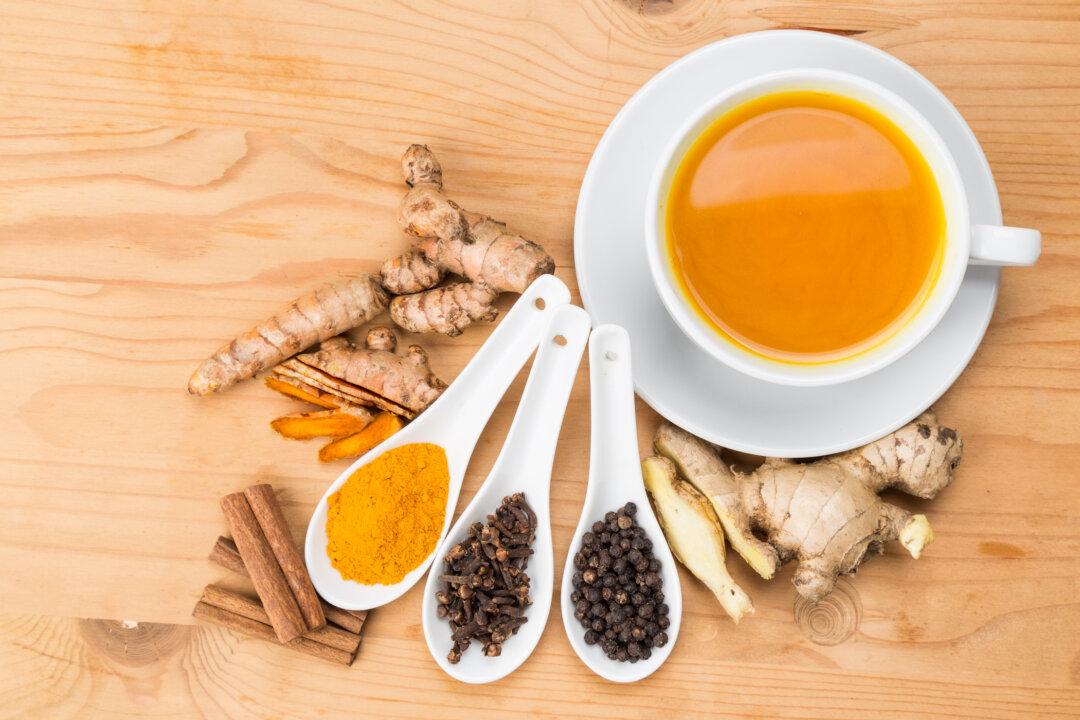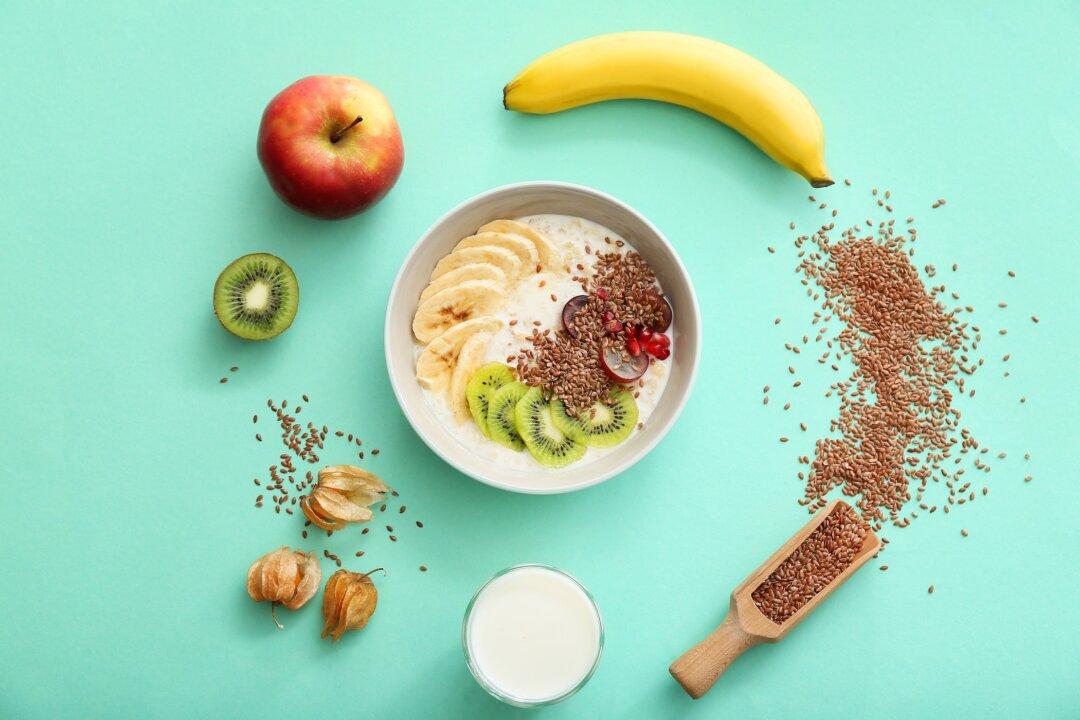Historians have gathered evidence showing that people—from long ago and from around the world—have used herbs, often in a sophisticated way. Quinine from Cinchona bark, for instance, was used to treat the symptoms of malaria long before the disease had even been identified, and the raw ingredients of a common aspirin tablet have been a popular painkiller for far longer than we have had access to tablet-making machinery. In fact, many pharmacological classes of drugs today include a natural product prototype that we had originally discovered through the study of traditional cures and folk knowledge of indigenous peoples.
A plant in South Asia called adhatoda—from adu meaning “goat” and thoda meaning “not touch” because it’s so bitter even goats won’t eat it—has compounds that help open our airways. Adhatoda tea, with its leaves steeped with black peppercorns, has been used traditionally to treat asthma. I can see why tea would be made from that plant, but why incorporate black peppercorns? In 1928, scientists discovered what the South Asians evidently had already known: Adding pepper increases the anti-asthmatic properties of the adhatoda plant’s leaves.






